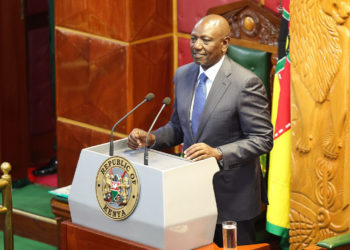The National Council for Population and Development (NCPD) has expressed significant concerns regarding Kenya’s population growth trajectory, projecting a substantial increase from the current 55 million to slightly above 70 million by 2045. This forecast is based on recent statistics indicating that Kenya’s population is remarkably youthful, with 4 out of every 10 individuals being between 0-14 years old. This demographic structure suggests that the country’s population will continue to grow robustly for the next 50 to 60 years.
Leah Chirchir, the Director of Economic Planning at NCPD, highlighted the council’s role in providing crucial information to the public regarding family planning and population control. “We can’t force people to control their families but we’re only providing information and telling them it’s good to have the number you want but have a quality number of people whom you can take care of and provide for,” she stated. Chirchir emphasized the importance of voluntary family planning and the need for families to make informed decisions about their size based on their capacity to provide adequate care and resources for their children.
The rise in life expectancy from 70 to 90 years is another factor contributing to the population growth. While this is a positive indicator of improved healthcare and living standards, it also brings concerns regarding the dependency ratio. As people live longer, the proportion of the population that is over 60 and likely to be retired increases, potentially placing a heavier burden on the working-age population. This could lead to higher dependency levels, straining public resources and social security systems.
Kenya’s government and development partners face the critical task of planning for this demographic shift.
















